Fly Fishing on the Cutthroat Diet
Though it’s not necessarily known for being the wiliest fish on the river, the cutthroat trout is hauntingly beautiful. Luminous scales of warm gold, cool silver, or deep olive. Red throat slashes and inky-black speckles adorning its flanks. Half the fun of fishing for cutthroat is getting to witness such a gorgeous trout in action. The other half? The cutthroat diet is so diverse, it’s almost a given that there’s something in your fly box a cutt will take. Read on for an overview of this iconic native species and a glimpse at the surprising range of flies we’ve used to lure in cutthroat.

Cutthroat Claims to Fame
For the biology nerds out there, Oncorhynchus clarki is a species of the family Salmonidae—a classification of genetically-similar species including trout, Pacific and Atlantic slamon, steelhead, grayling, and several other cool-water, predatory fish of the Northern Hemisphere. The term “cutthroat trout” can refer to any one of 14 subspecies, each with their own range and claim to fame. For fly fishermen in New Mexico and southern Colorado, there’s the Rio Grande cutthroat: one of the first cutthroat species characterized by early European explorers and known for its striking sunny hues. On the west coast, the coastal cutthroat acts as a cousin to the anadromous steelhead, spending several years of its life cycle in the ocean before returning to freshwater rivers to spawn. If it’s size you’re looking for, the world record cutthroat (a 41 Ib monster caught by John Skimmerhorn in 1925) belongs to the Lahontan subspecies. Native to the Great Basin region of California and Nevada, this subspecies was famously overfished and then reintroduced to Pyramid Lake—a remnant of the ancient Lake Lahontan that once covered most of modern-day Nevada.
Cutthroat Trout of Montana
Montana is home to two subspecies: the westslope cutthroat (which favors pocket water in cold streams and rivers on both sides of the divide) and the Yellowstone cutthroat (which inhabits the Yellowstone River and its various tributaries). If you’re trying to distinguish these two in the field, your primary giveaway will be location, but you can also examine spotting patterns and coloration for clues. If the spots are smaller and more localized to the tail and the scales stray towards silver or olive-green, it’s more likely of the westslope variety. Alternatively, medium-large spots and brown, yellow or silvered coloration might indicate a Yellowstone cutt.
The Cutthroat Diet
Cutthroat, like many trout species, favor aquatic insects as their main source of food, but the specific from these aquatic insects take varies with the season. Newly hatched larvae (called nymphs) will spend the first months (or even years) of their lives sheltering in the mud, rocks, and vegetation of the river bottom. When the current catches them, nymphs can become easy pickings for hungry trout at any time of year.
As these insects mature and rise to the surface (referred to as emergence or a “hatch”), they often float down river waiting for their wings to dry. In Montana, most big hatches, including various species of mayfly, caddisfly, and stonefly, occur between the months of April and October. (That said, from November through February, there’s some fantastic fishing to be done on warmer afternoons when the midges begin to emerge.) Hatches are the perfect time for cutts to sip bugs off the surface, and the perfect time for fly fishermen to be fishing dries. In our experience, Yellowstone cutthroat are rather laid-back hunters, taking their time and coming at your fly with a relaxed take; be careful not to set the hook prematurely when you see one coming for your dry. Westslope cutthroat are more focused. Once they decide to come for a meal, they grab and go with a fierce take.
By late summer, the terrestrial insects (especially grasshoppers) are on the move. These serve as protein-rich snacks and are snapped up greedily by opportunistic feeders. When the insects are less abundant, cutthroat trout turn to other sources to supplement their diets. Sowbugs, scuds and other crustaceans are snatched up alongside the standard year-round nymph patterns that imitate mayflies, midges, or caddis. Smaller bait fish can also be tempting year-round but are especially tantalizing in late fall or spring—before and directly after the runoff when other food sources are less available.
Pick a Fly, Any Fly: Fly Fishing for Opportunistic Feeders
Cutthroat are opportunistic feeders, meaning they’ll snatch up just about anything within easy reach that looks vaguely edible. We mostly have westslope cutthroat in our neck of the woods, and we’ve seen them take flies that another trout might ignore: oddball nymphs, wonky dries, streamers that have turned into outlandish confections of feathers and antron. They’ve even gone after our strike indicators and the occasional potato chip… Alright—we’re not baiting our lines with junk food, but we’d be surprised if they turned the offer down.
Here’s a sampling of the many flies we’ve served up and received (sometimes to our surprise) a willing bite from a cutthroat:
Above: most of these are what we call “ABC” flies: Already Been Chewed-On. Please excuse the occasional missing leg or ragged wing.
Some other flies we’ve caught cutthroat on include:
- Soft hackle gold baby AKA soft hackle Bloom’s weight fly
- Pink yum yum
- Dragonflies
- Zug bugs
- Mike’s golden stone bar legs
- Eddie Vedders
- Pill poppers
The Key to Catching Cutthroat?
In conclusion, if you keep abreast of the hatches, do the leg work to get a sense of what’s floating by in the river, and try to serve up something similar, there’s a high probability that you’ll catch a trout’s interest. And if you don’t? You still might find a willing cutthroat to take a chance on whatever strange fly you’ve decided to fish with.
Questions? Comments? Cutthroat fly fishing stories? Share in the comments below!

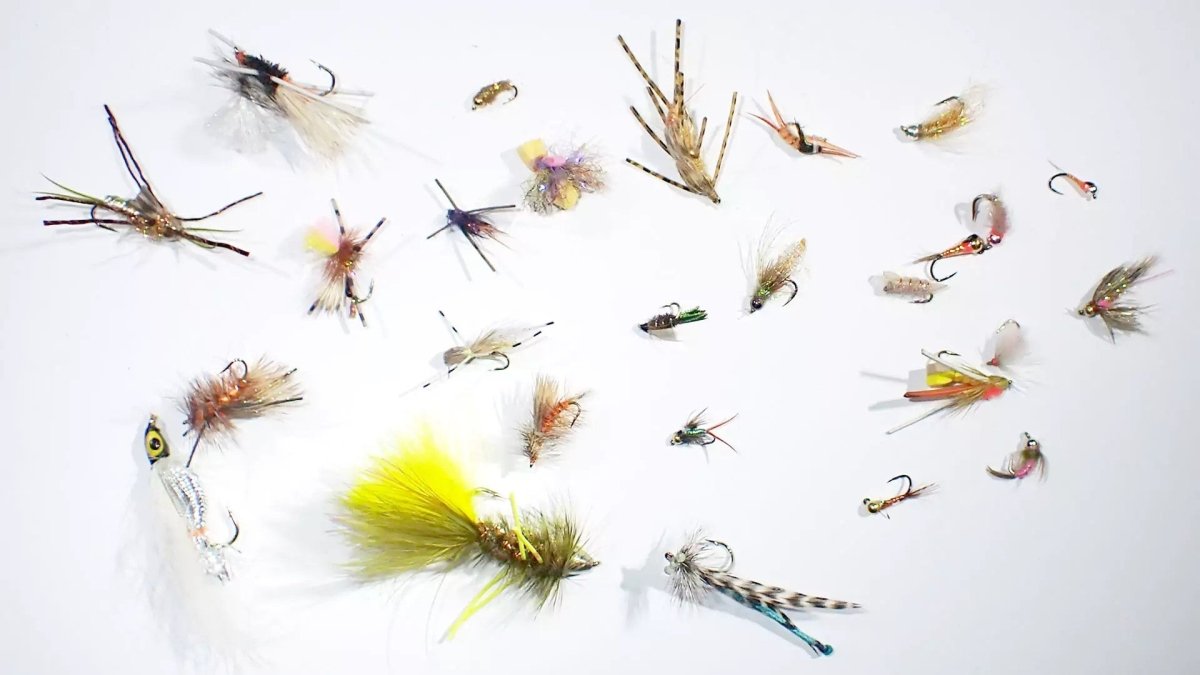
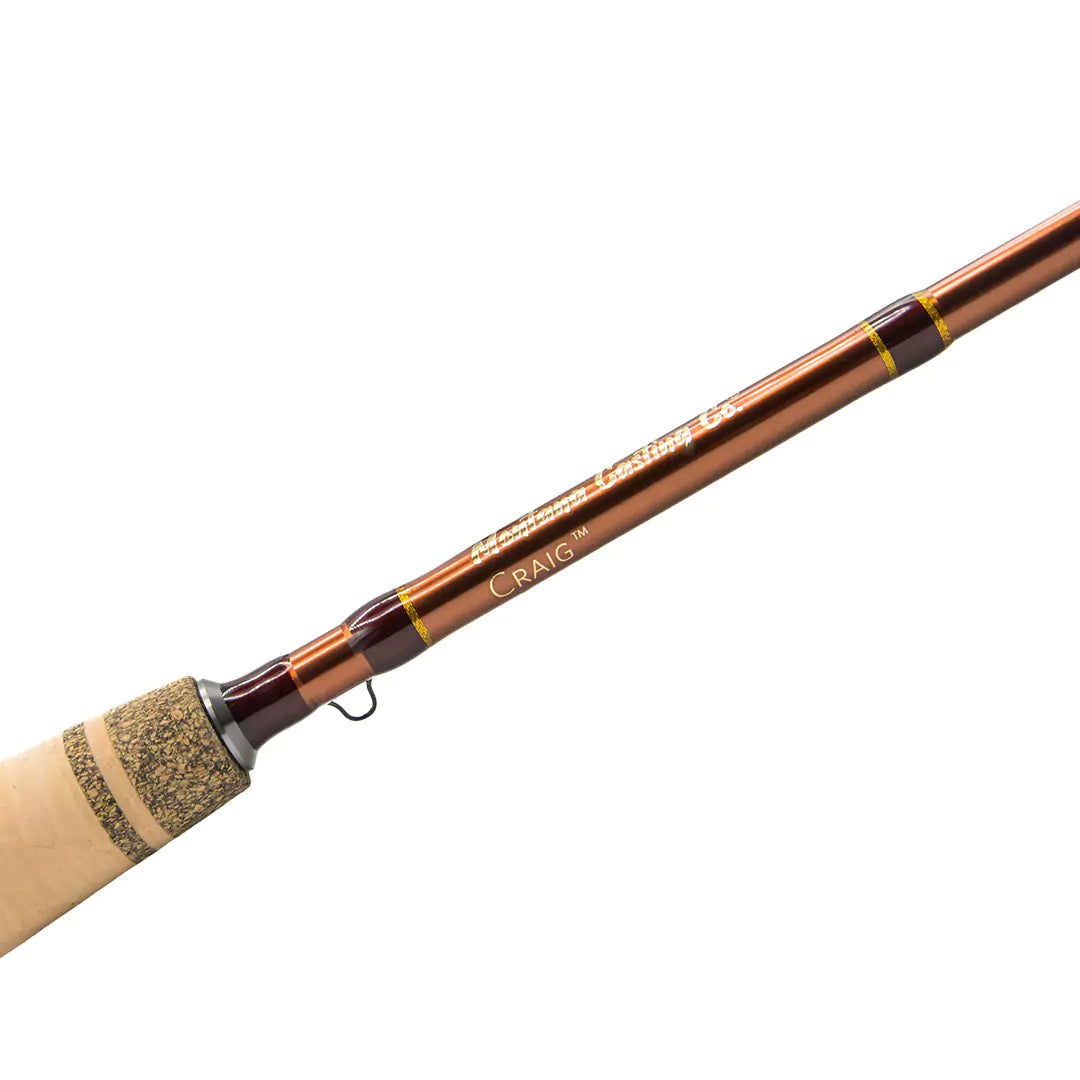
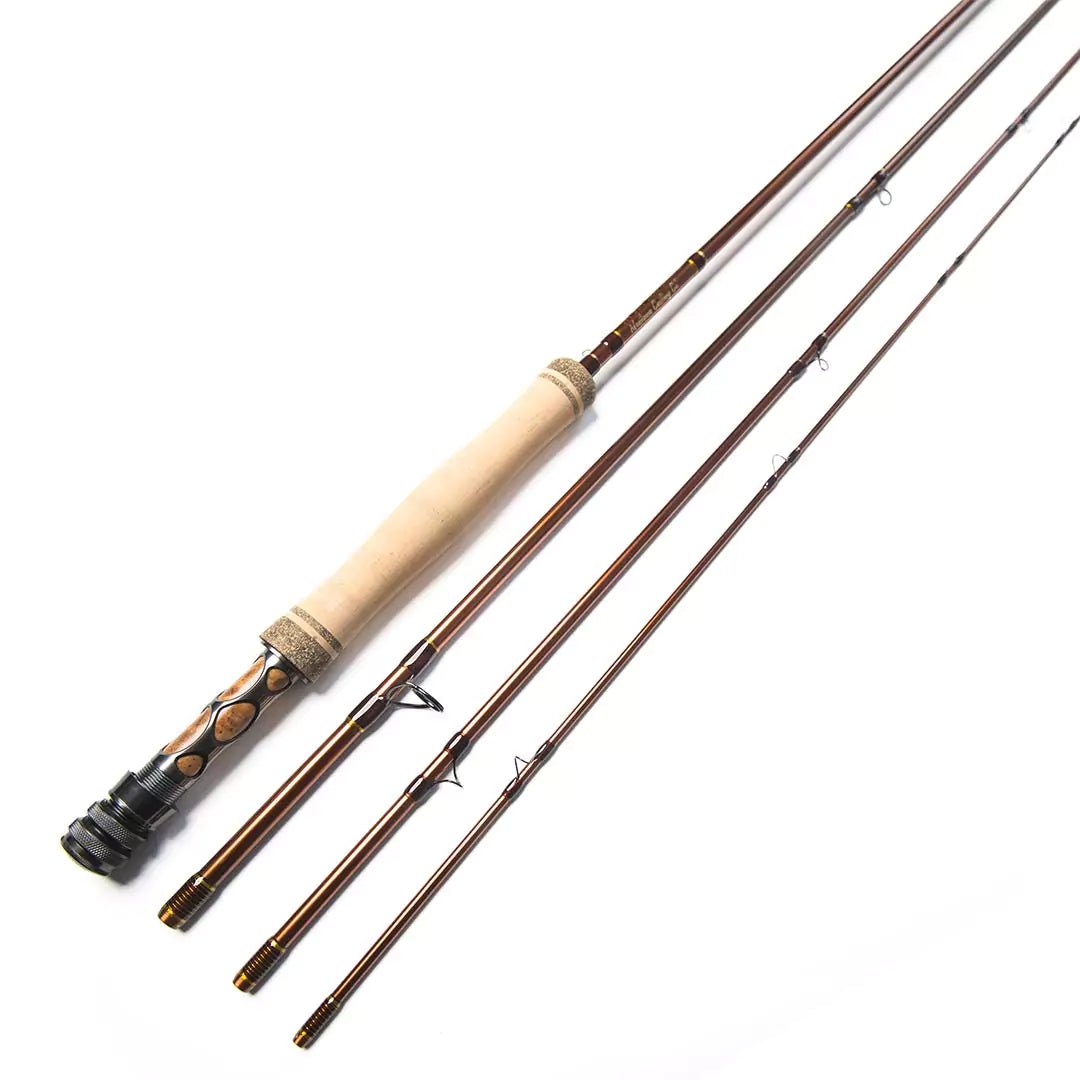
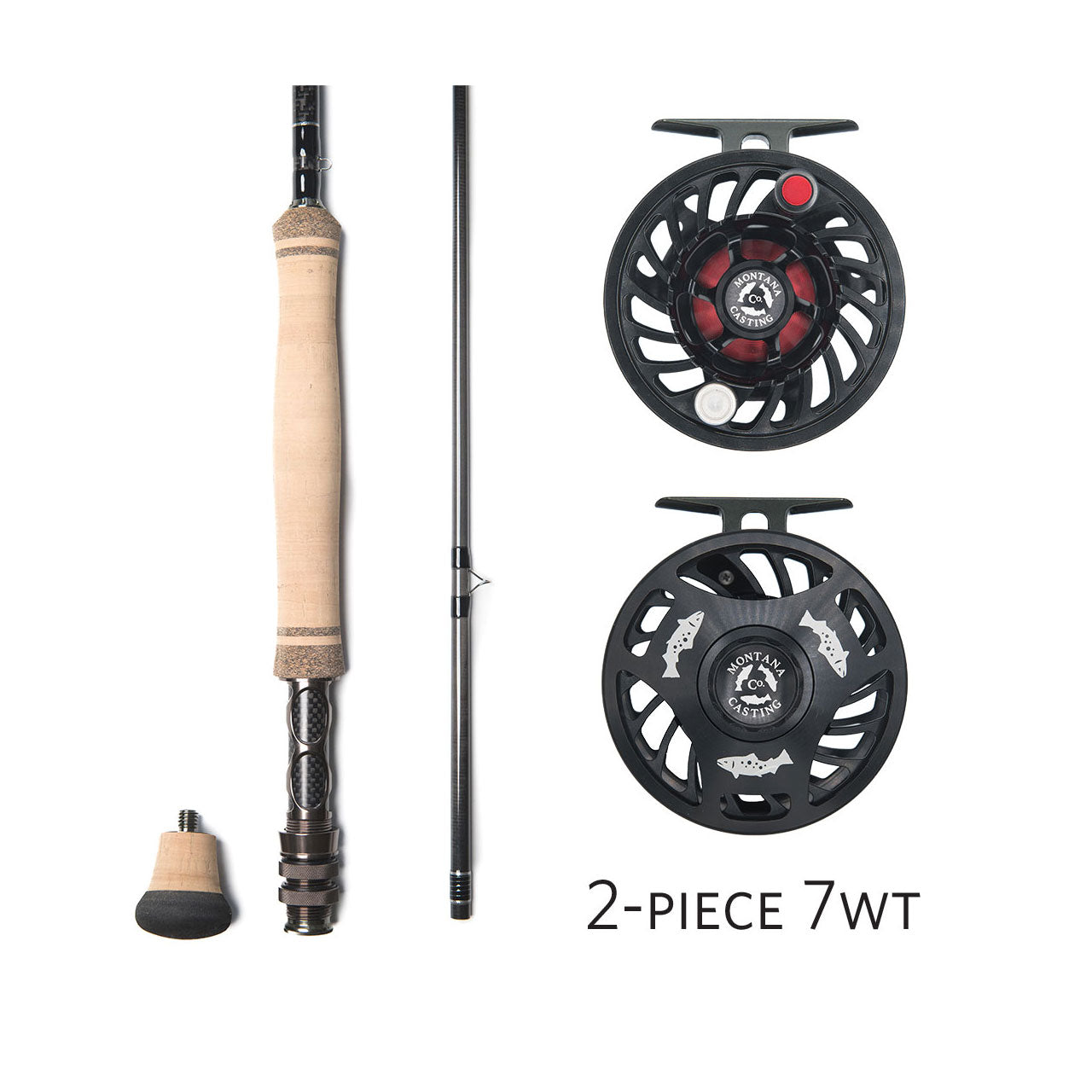
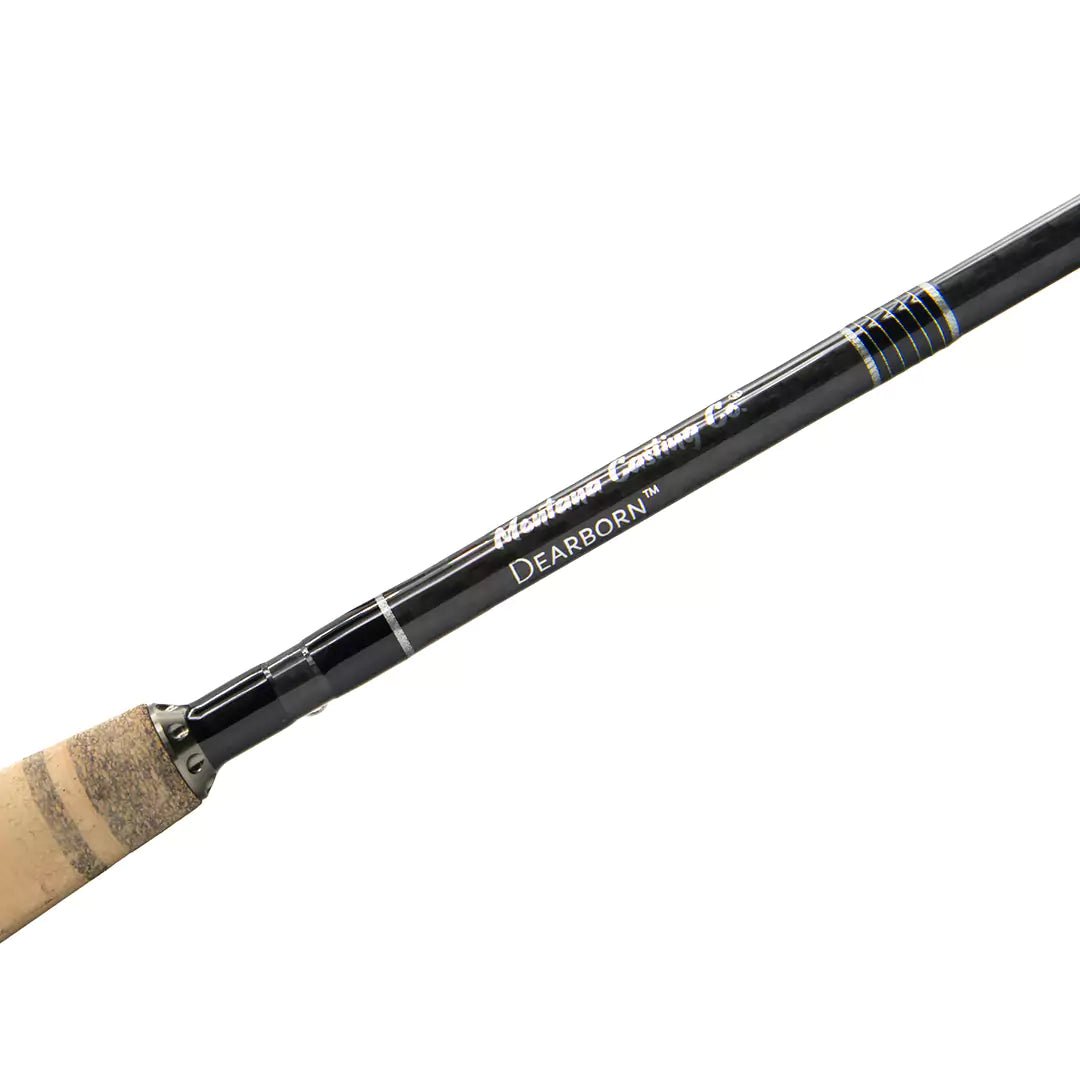
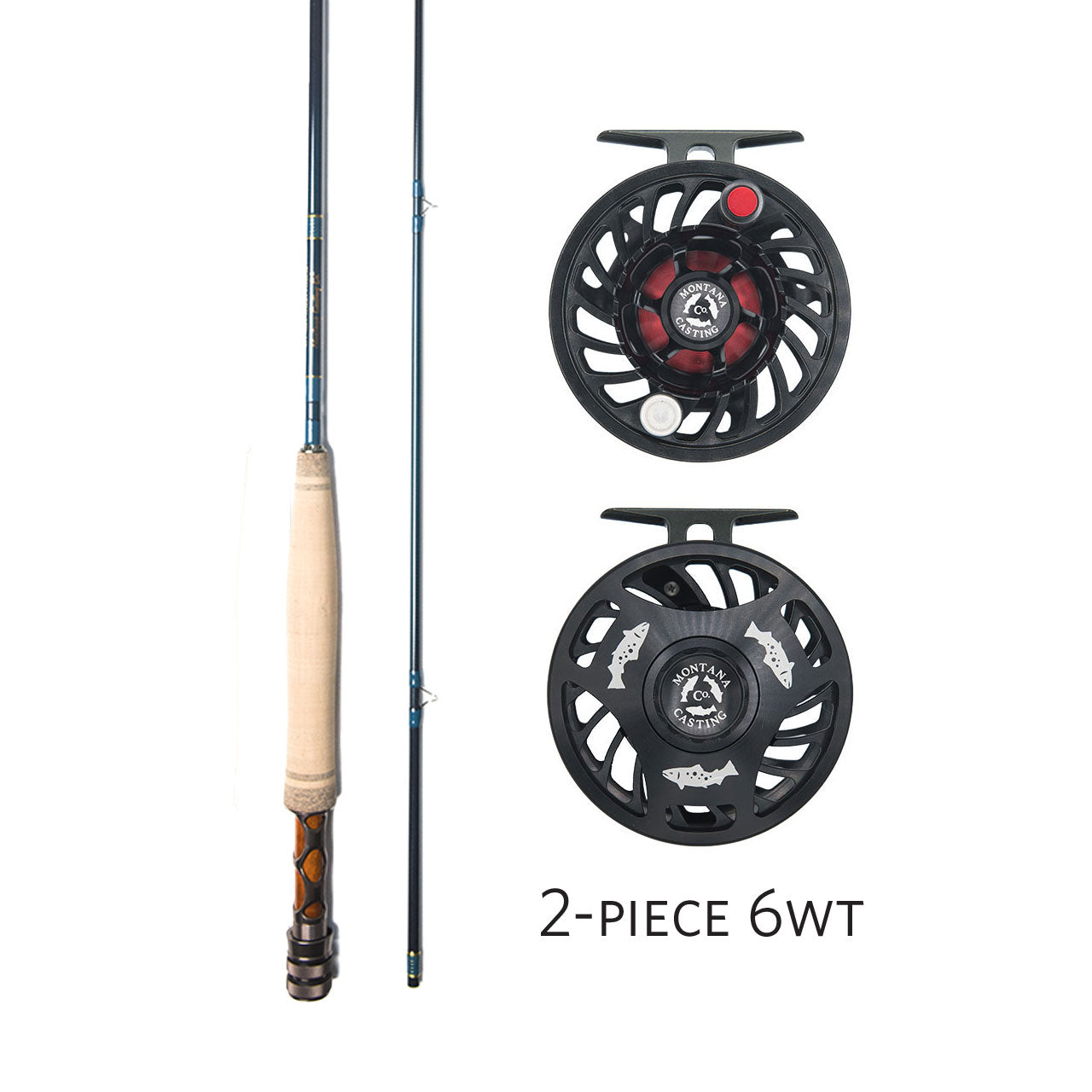
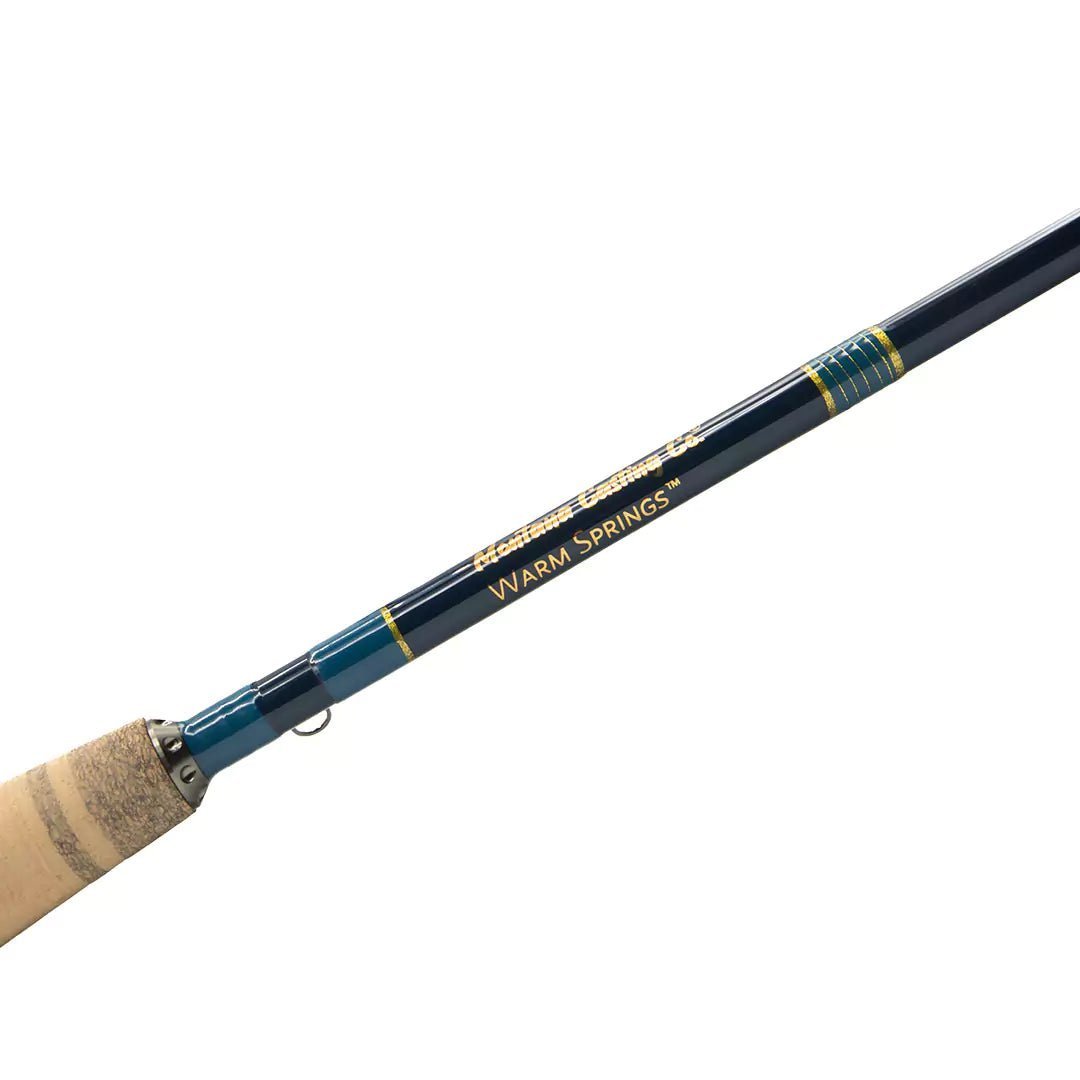
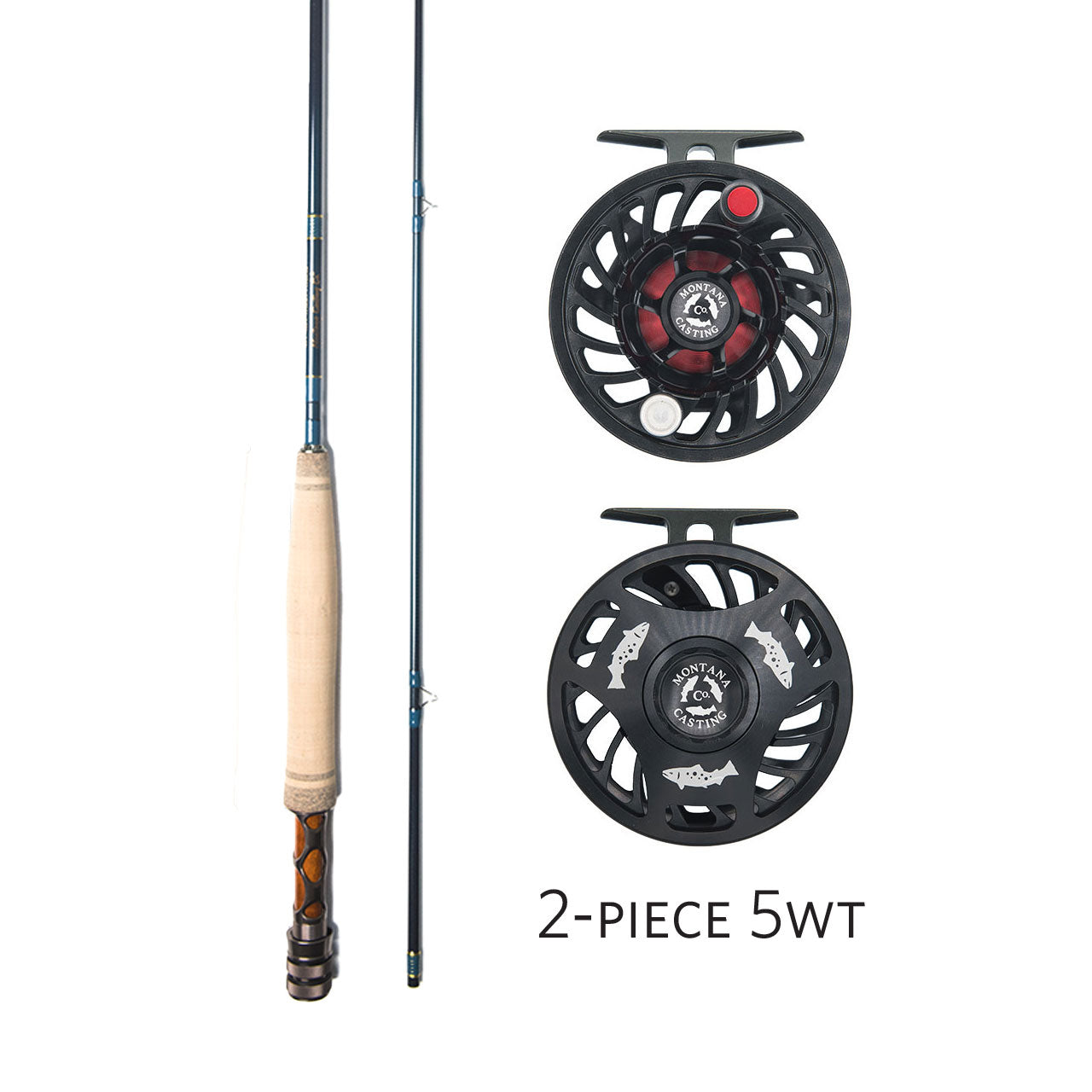
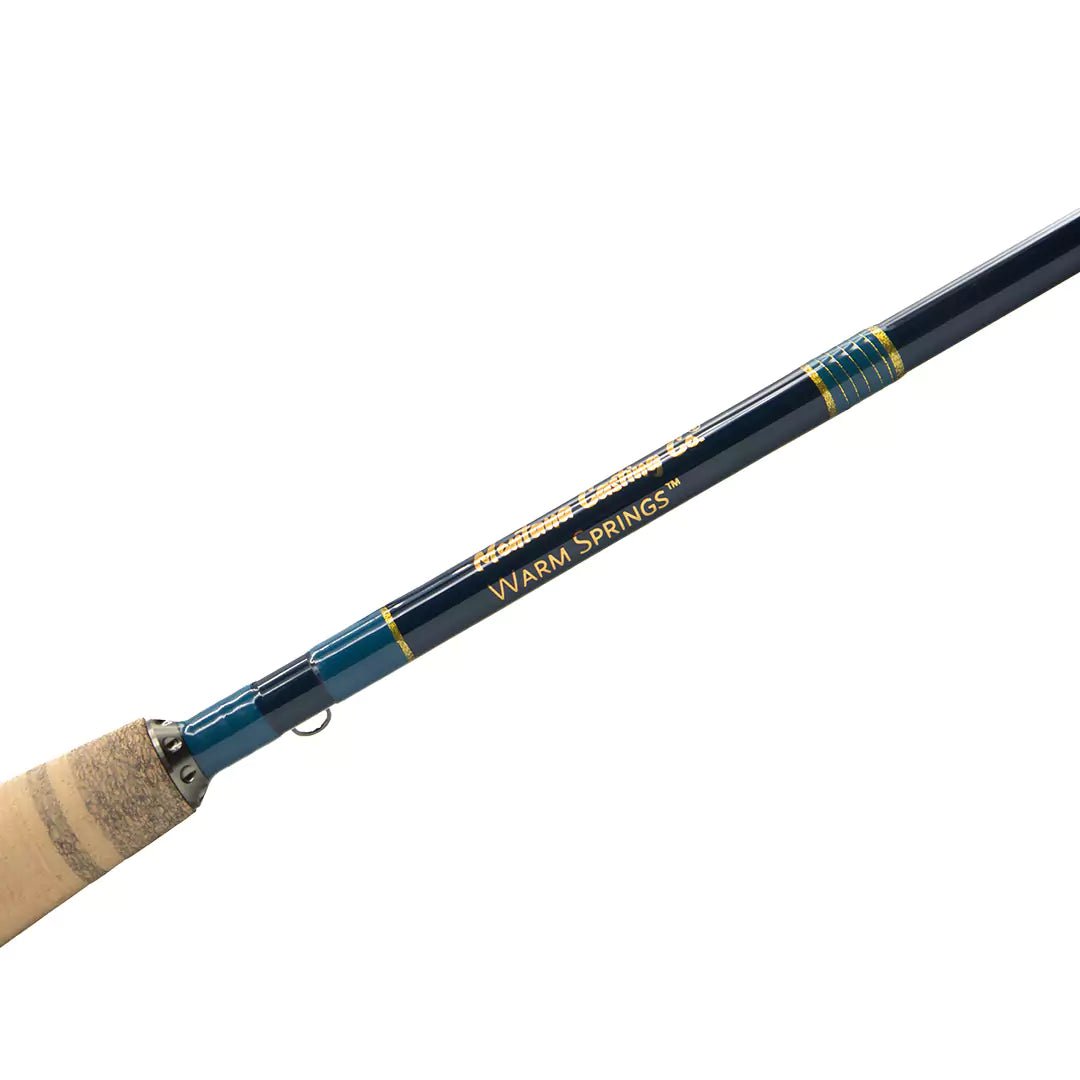
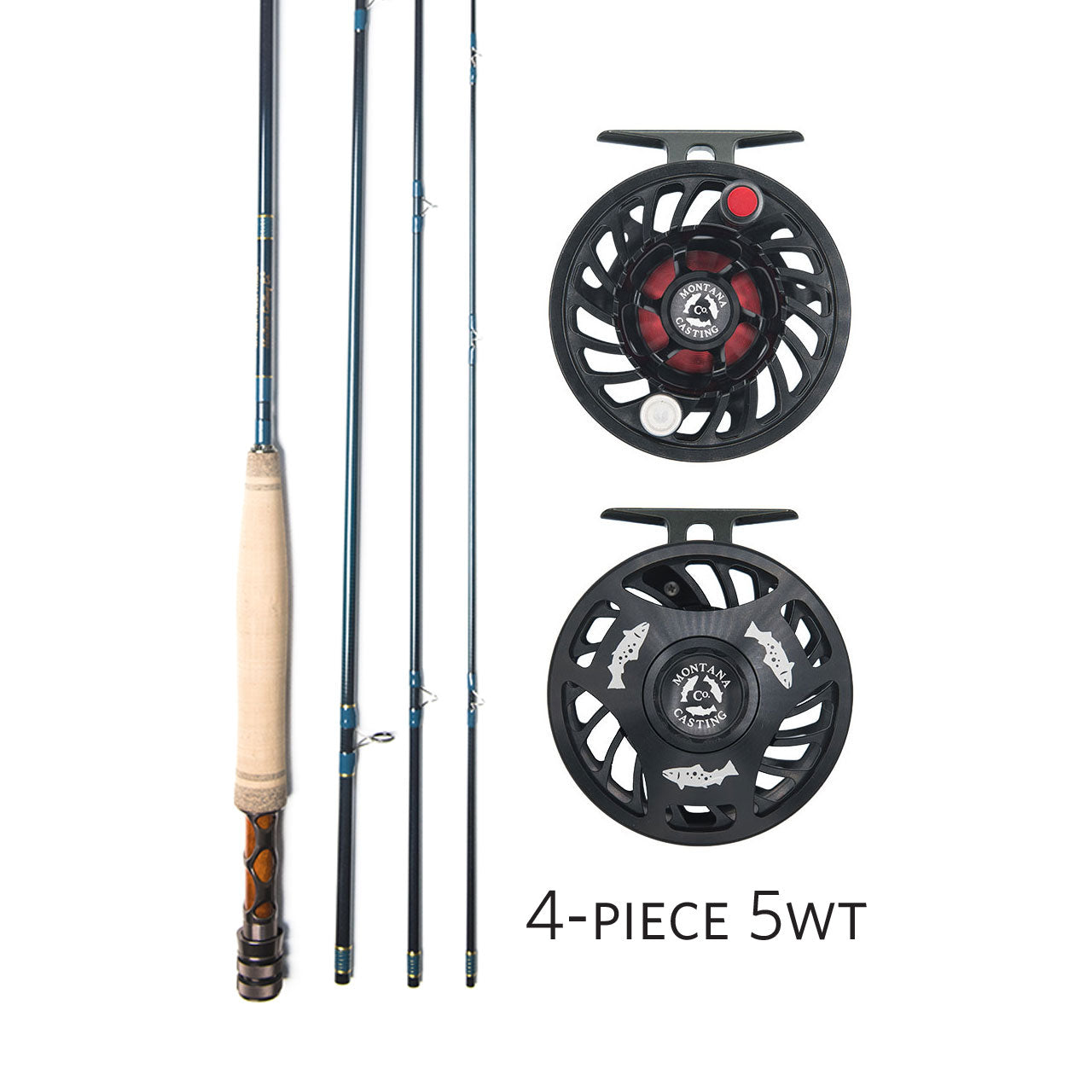

0 comments